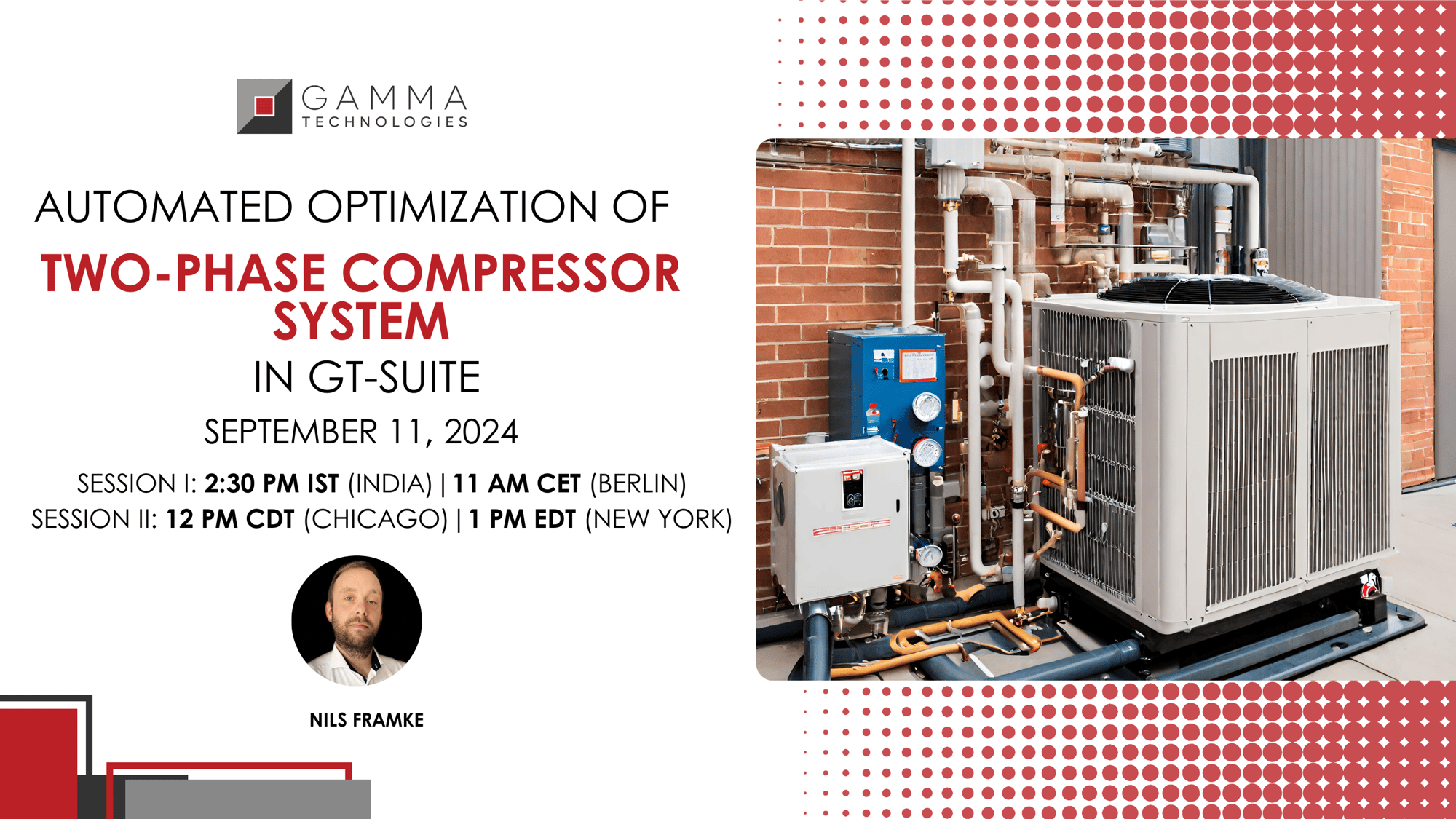
-
Efficiently design vapor injection compressor systems for heat pump applications to increase system COP and lower operating expenditure.
-
Explore the intricate dynamics of heat pump systems to enhance performance beyond basic compressor models.
-
Discover the benefits of simulation-based optimization in exploring the vast design space of heat pump systems.
Abstract
In heat pump systems operating with high pressure ratios and extend-ed environmental conditions, vapor injection compressor systems are used to increase the system COP and lower the operating expenditure. Such systems consist of a two-stage throttling process in which injection gas for the compressor is provided via an internal heat exchanger or a flash tank. To maximize COP further, such heat pump systems offer multiple opportunities for optimization ranging from matching of an existing compressor to a specific heat pump system over compressor design modifications to expansion control strategies. Exploring the large design space that can be available to improve the overall system performance is only feasible utilizing simulation considering economic constraints. Often simulation tools focusing only on the macroscopic system performance are steady state and driven by empirical correlations and measurement data or focus on the compressor unit only. This approach however neglects possible dynamic system and compressor interactions that could lead to performance diminish. This holistic system optimization methodology can be implemented in the commercial simulation software GT-SUITE. In this study, a transient capable, detailed 1D scroll compressor model is integrated with a transient system model to demonstrate the capability of simulation methodology for the optimization of vapor injection heat pump systems. The developed model is compared to currently available empirical models to investigate the benefits of the proposed methodology.
Topics include:

Nils Framke | Presenter
Senior Applications Engineering Manager, Thermal Fluid Systems | Hydraulics Lead at Gamma Technologies GmbH
.png?width=1252&height=301&name=GAMMA%20Technologies%20logo_2022%20(1).png)